To promote hydrogen as a low-carbon transportation fuel, a large supply network is currently in development across Europe. However, companies operating in the hydrogen industry are faced with the dilemma of having to meet certain measurement requirements…
stipulated by law but not being able to do so because of a lack of available methods and standards. One important challenge is the accurate measurement of the amount of hydrogen used for refueling. Inaccurate or biased results carry a considerable financial risk, as they reduce the accuracy of billing and could slow down or stall the development of a hydrogen infrastructure.
In this article, we will present readers with an overview of the requirements that are included in current regulations and standards and that create challenges in metering hydrogen flow. We will also discuss how they are being addressed by the Metrology for Hydrogen Vehicles (MetroHyVe) project, which is part of the European Metrology Program for Innovation and Research (EMPIR). This collaborative effort comprises several technical work packages, one of which is dedicated to flow measurements. Among the around 20 partners that have joined the project are organizations specializing in metrology, scientific institutions and hydrogen energy businesses.
Metrological certification
The amount of gasoline, diesel or liquefied petroleum gas dispensed to conventional vehicles must be measured so that vehicle drivers are billed correctly after refueling. To achieve this, the International Organization of Legal Metrology (OIML), an intergovernmental body, aims to harmonize the regulations and metrological controls put in place by individual countries. It has created global measurement standards for use in legislation and wrote International Recommendation OIML R 117 [1], which provides requirements for approving components that allow the dynamic metering of liquids other than water and are subject to measurement control. The recommendations put forth by OIML can subsequently be used as a basis for drafting national rules and certification.
Hydrogen refueling stations (HRS) look and work very similar to stations dispensing gasoline or compressed natural gas (CNG). Road users drive into allocated spaces, fill up the tanks of their vehicles and drive off after paying. In order for customers to be billed correctly, the quantity of fuel put into their vehicles must be known. In an HRS, it is a flow meter that measures the delivered mass.
…
read more in H2-international May 2020
Author:
Dr. Marc de Huu
Federal Institute of Metrology – METAS, Wabern near Bern, Switzerland



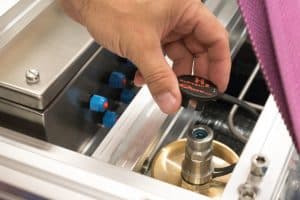

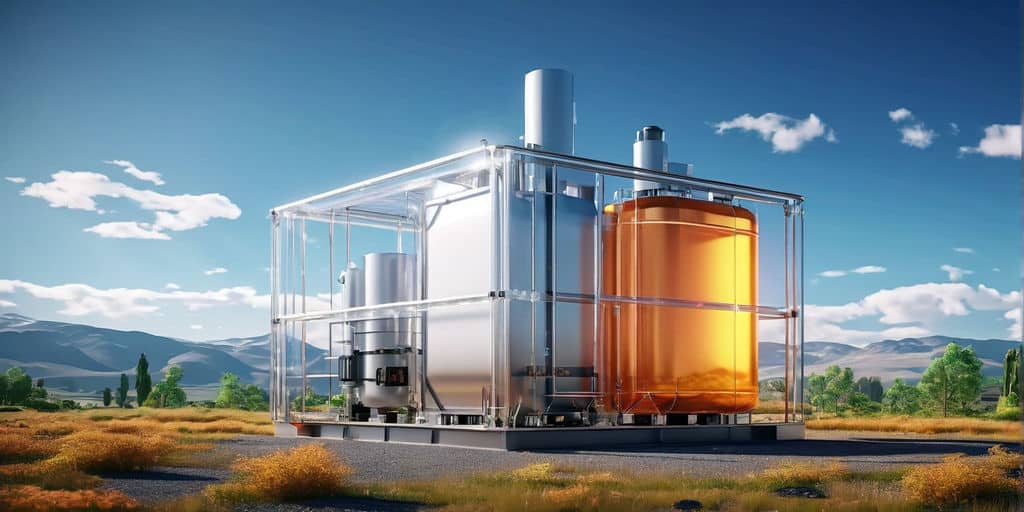

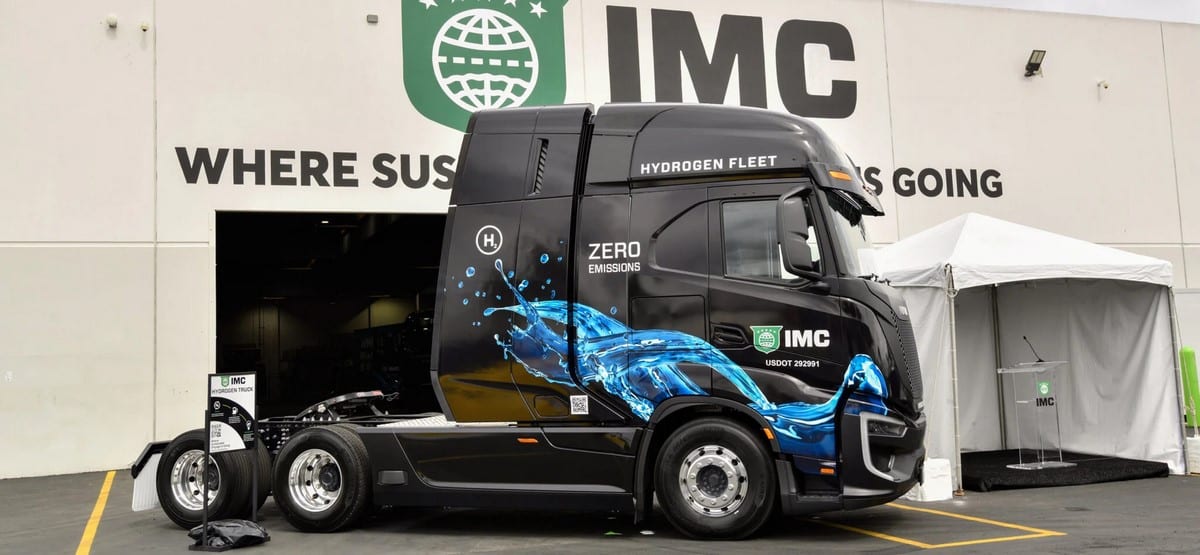

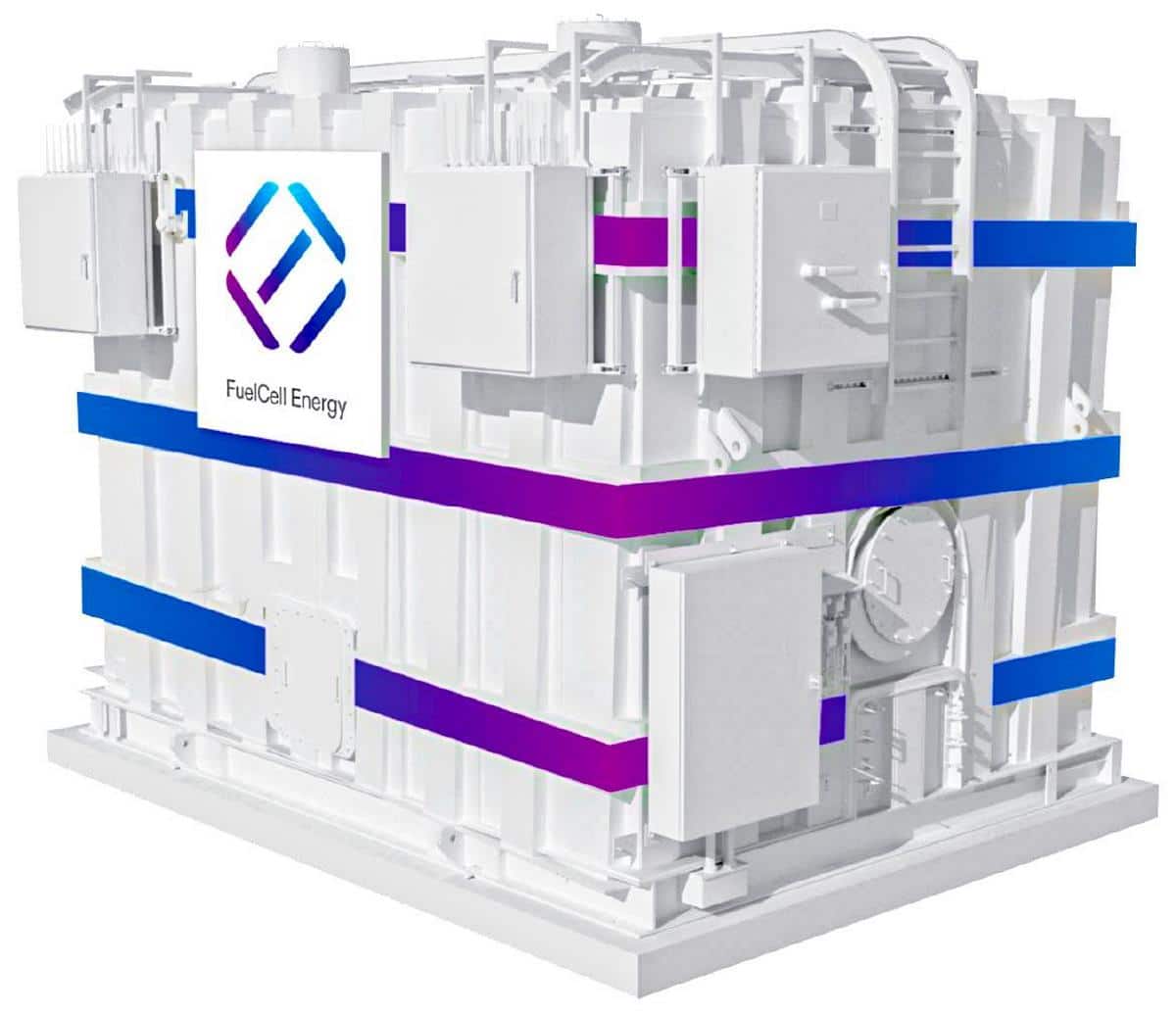
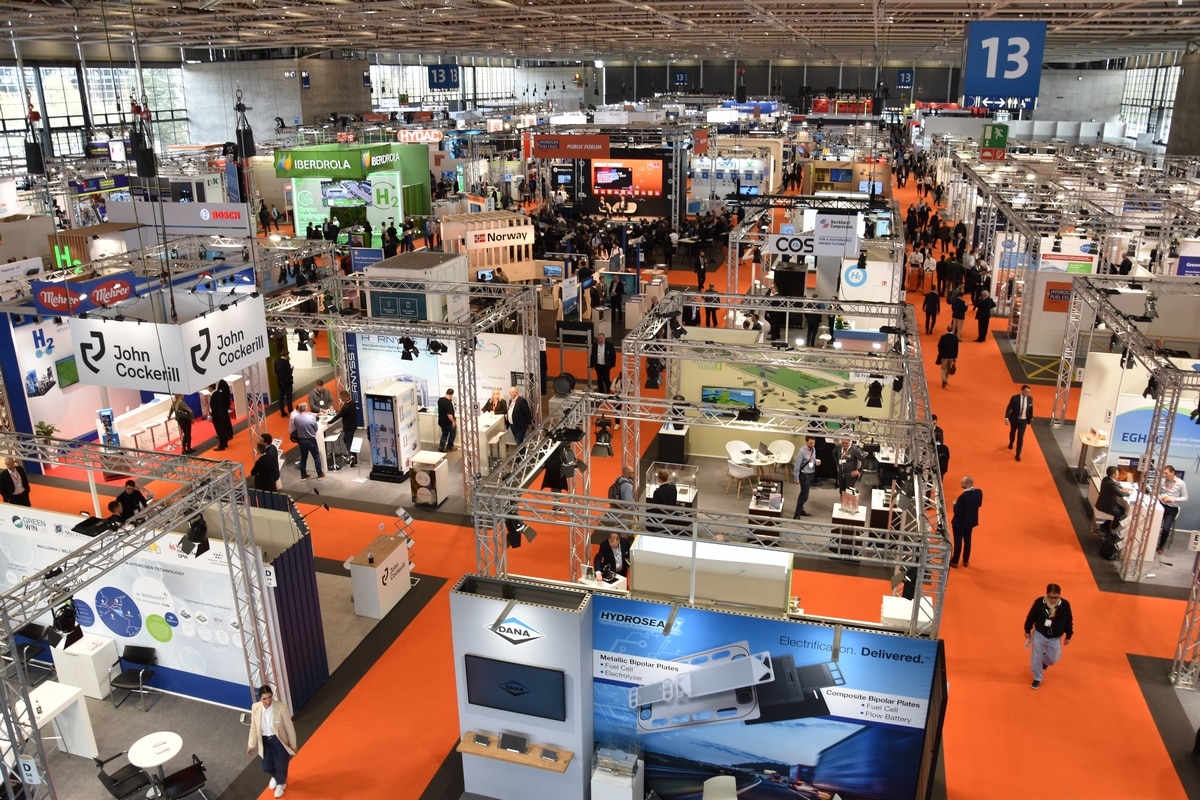


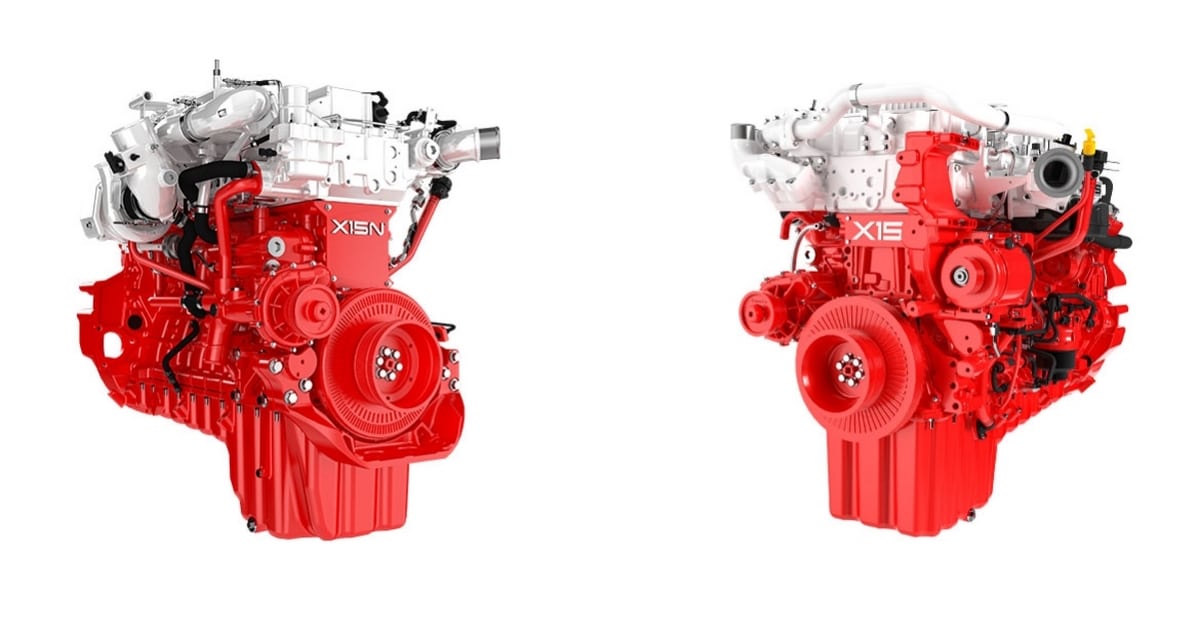
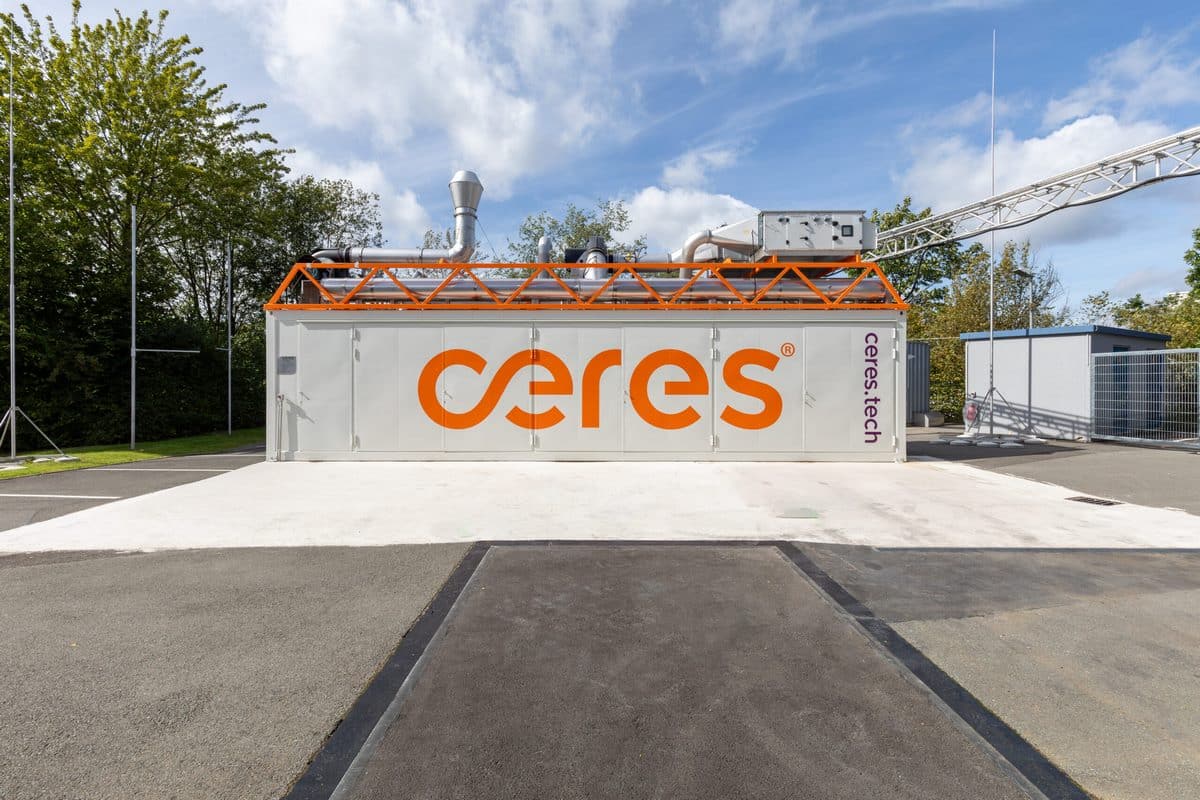




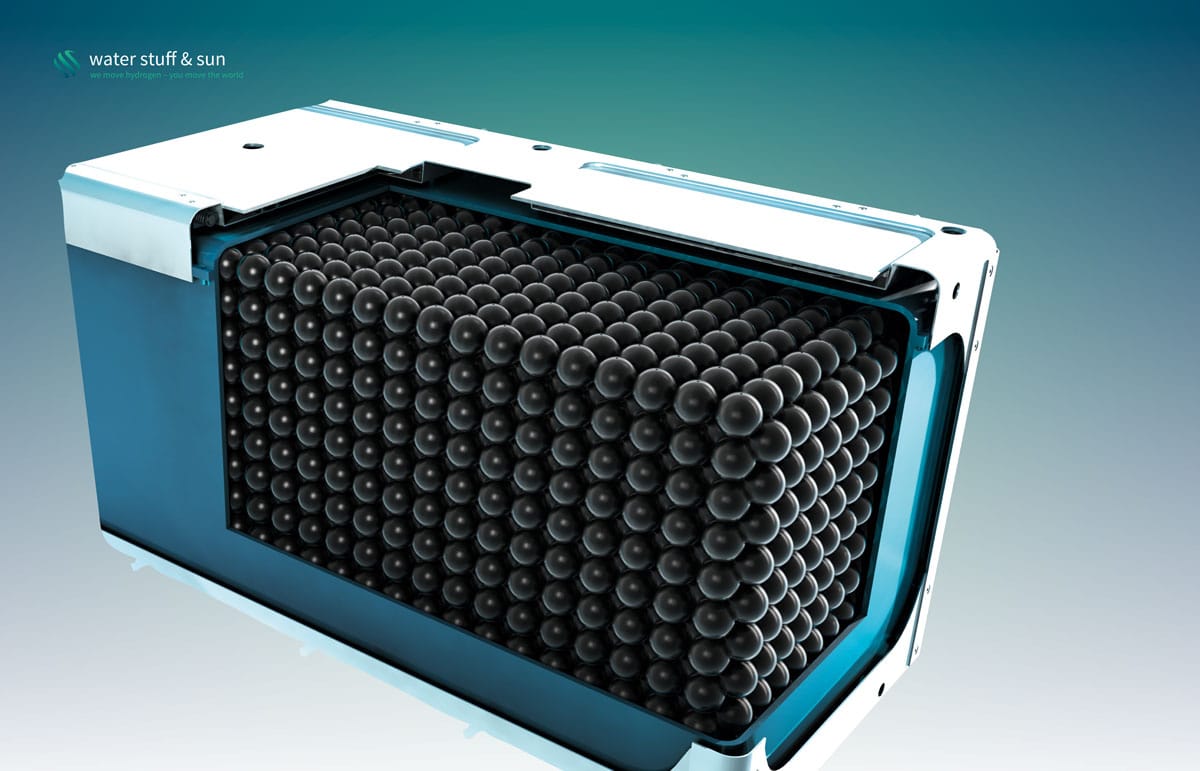

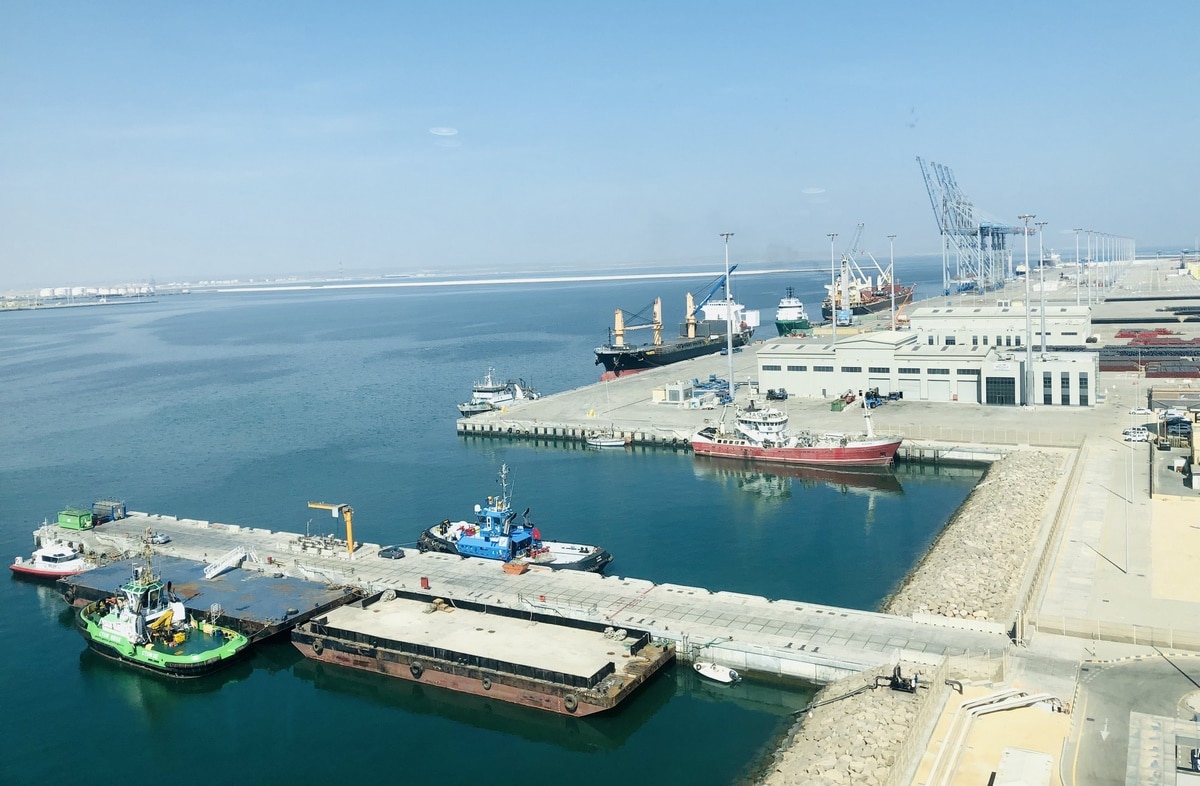


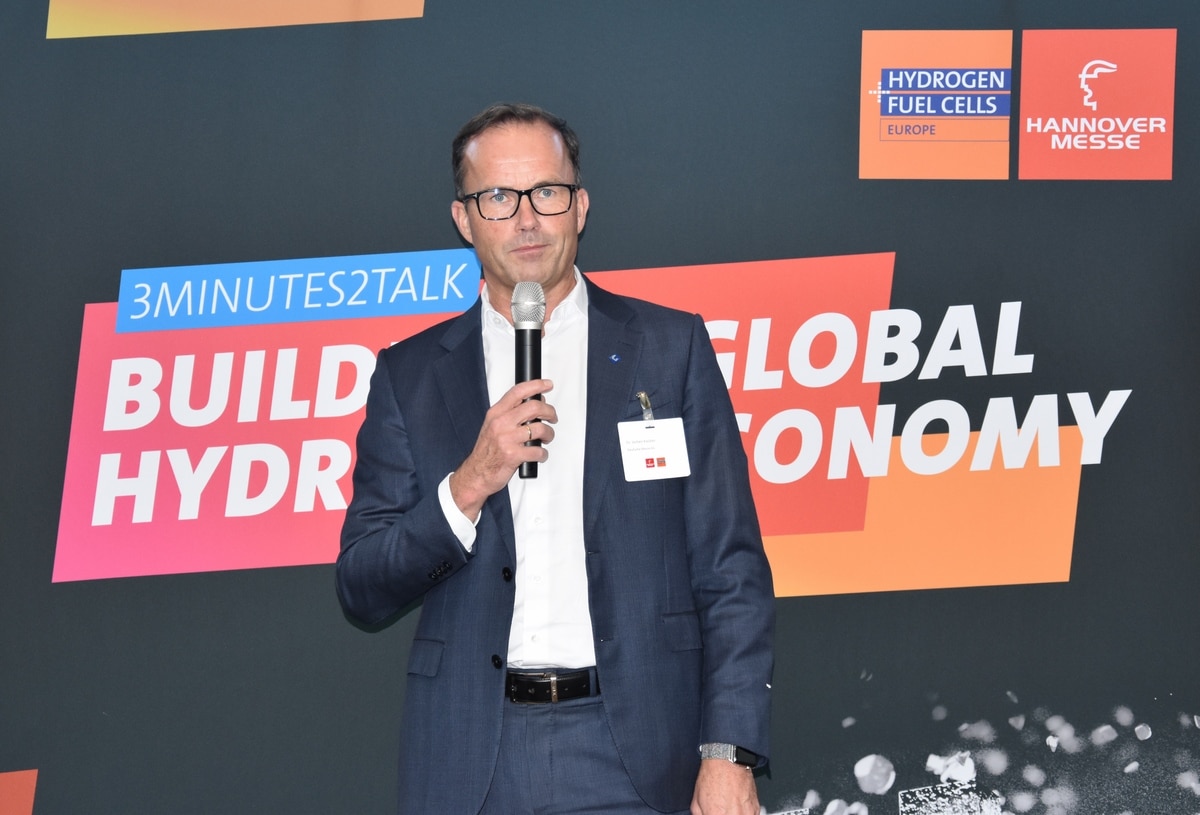
0 Comments